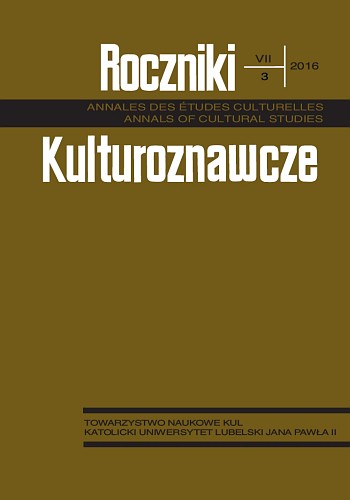Religijny wymiar miłości na przykładzie baletu Bhakti Maurice’a Béjarta
The religious dimension of love on the example of Maurice Béjart’s ballet Bhakti
Author(s): Agnieszka NarewskaSubject(s): Anthropology, Social Sciences, Theatre, Dance, Performing Arts, Fine Arts / Performing Arts, Cultural Anthropology / Ethnology
Published by: Towarzystwo Naukowe KUL & Katolicki Uniwersytet Lubelski Jana Pawła II
Keywords: ballet; bhakti; Béjart Maurice; India; love; philosophy
Summary/Abstract: Maurice Béjart (1927-2007) was one of the most famous choreographers of the twentieth century. He perceived ballet as a present day art and had the power to induce the modern day man to reflect on the world around him. Béjart created his own choreographic style which was recognisable from first sight and through it, he showed audiences around the world interesting ballets that contain deep, philosophical content. Béjart often sought inspiration from the Eastern cultures for his works, especially India. One prime example was the ballet Bhakti (1968). In this performance, Béjart explains the issues of bhakti through the body of his dancers only. Bhakti specifides the form of love and devotion to God. The analysis and interpretation of the ballet allows us to familiarise ourselves with the fascinating, rich culture of India, and it also provokes new insights on fundamental values and ideals.
Journal: Roczniki Kulturoznawcze
- Issue Year: 7/2016
- Issue No: 3
- Page Range: 215-224
- Page Count: 10
- Language: Polish

